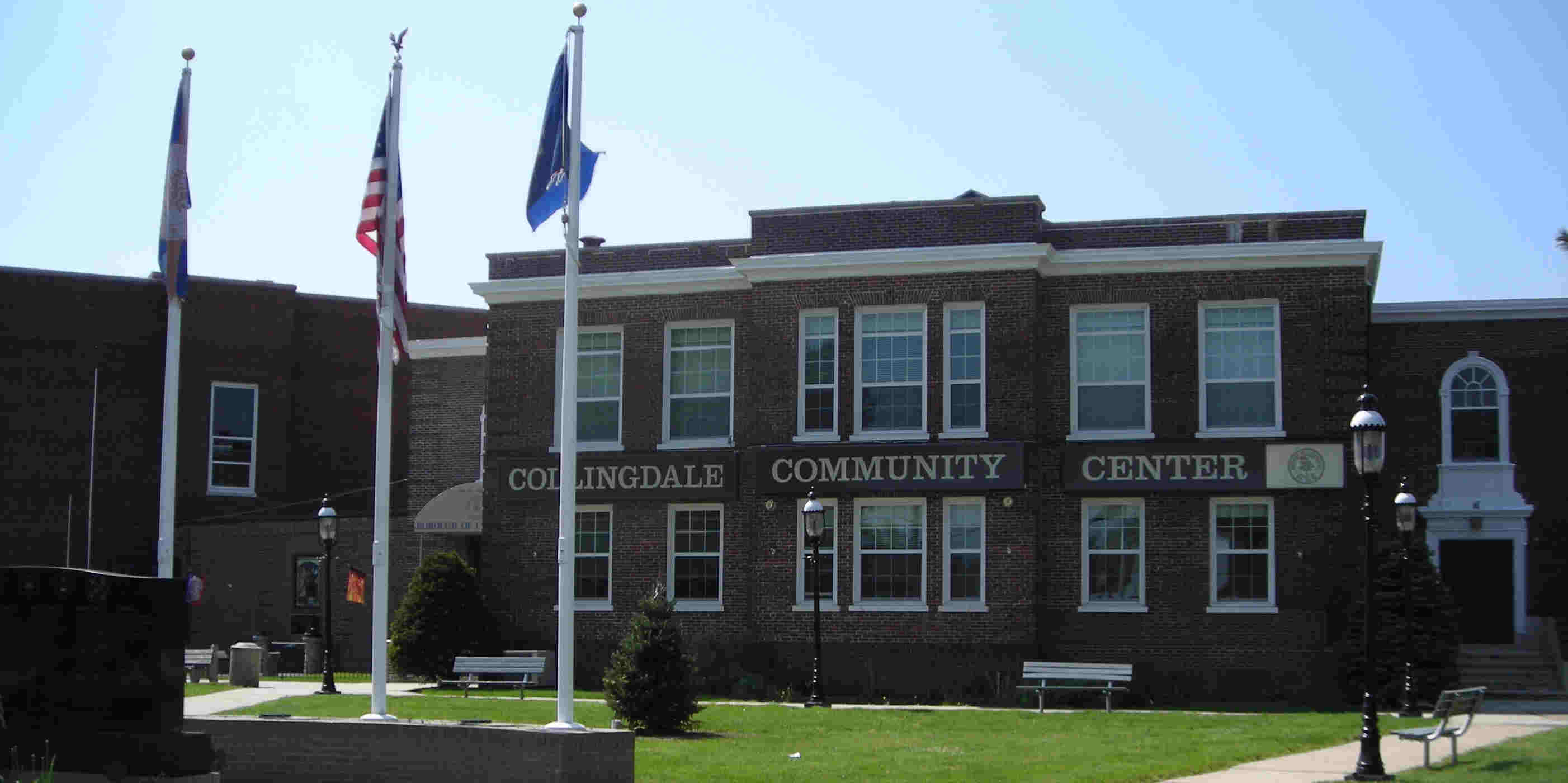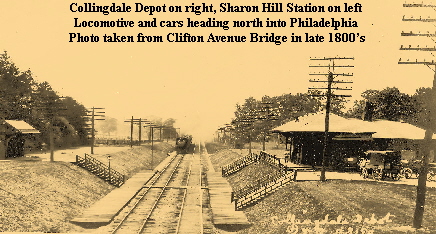About Collingdale... For 200 years prior to the 1880's the inhabitants of the area now know as "The Borough of Collingdale" lived a predominantly agrarian life. The majority of this almost 1 square mile of land (.93 square miles at 120 feet above sea level) was owned by the Mortons. Gradually, the large land tracts were divided by inheritance or sale. This permitted commercial and residential development. The Borough is currently the 4th largest borough in the County of Delaware and is located in the southeastern area of Pennsylvania.
It was the flourishing of the railroad, above any other factor, that hastened the development of the Borough. Upon learning of the plans to shift the course of the rail lines from Philadelphia, developers scrambled to obtain land close to the railroad's path. In Collingdale, Maximillian LaRoche, with the aid of Dr. Jacob Boon, established the Collingdale Land Improvement Company. In all, the Company purchased land that extended from Clifton Avenue on the west to Springfield Road in the east, Bartram Avenue to the north and the area of the present day CSX Railroad tracks, which at that time had not been cut through, on the south. Once the railroad tracks were put in place, Collingdale began to grow rapidly. No longer did the residents have to find a way to Sharon Hill to catch a train because a new station was built on the western side of Clifton Avenue in the late 1880's. (This area is now the left outfield area of the baseball field just below Clifton Avenue bridge.)
On December 23, 1891, the Courts of Delaware County granted a Charter of Incorporation for the Borough of Collingdale. In 1894, the borough was enlarged by Ordinance No. 20 , which annexed a portion of Darby Township to west of Lafayette Avenue to Oak Lane. It was further enlarged by the adoption of ordinances, the last of which was approved in 1922. The boundaries of the Borough since that time have remained the same. Although the record does not indicate how the members of the first council were determined, it is assumed that they were appointed by the courts when the charter was issued. The first meeting of the council was held on January 10, 1892 and the following committees were established: Highway, Finance, Foot Walks, Police, Fire, Lamps, and Sanitation. |
|||||
|
|||||




